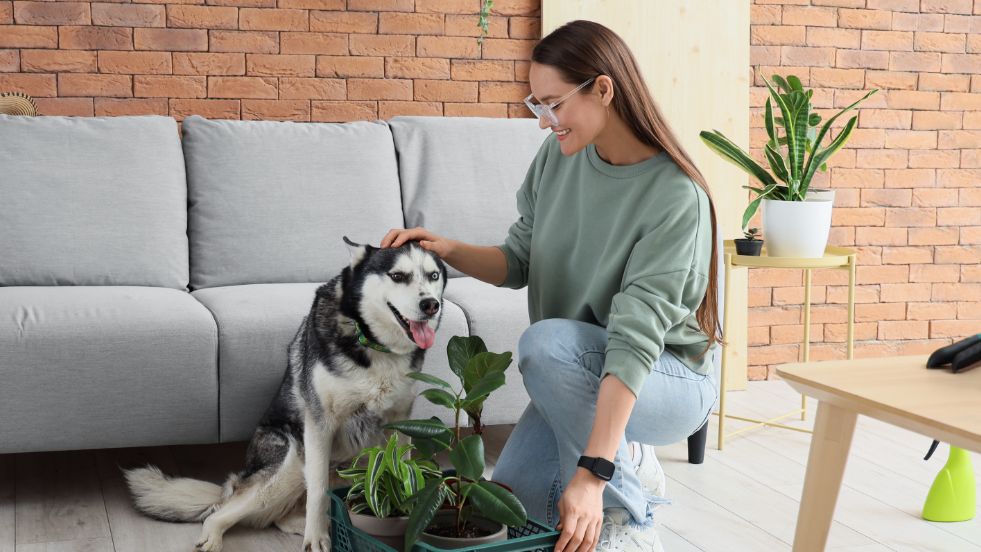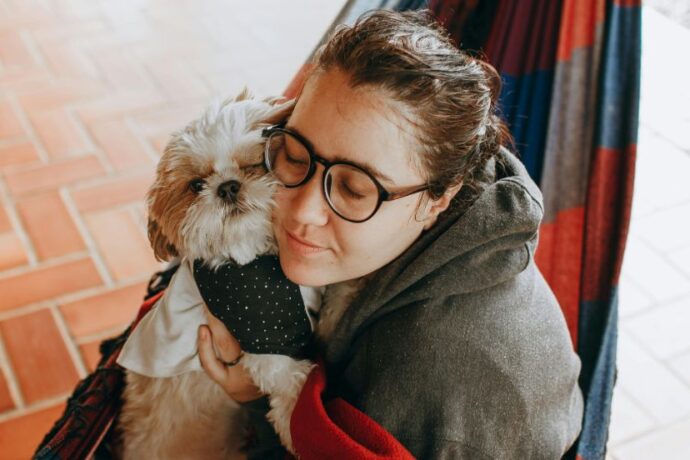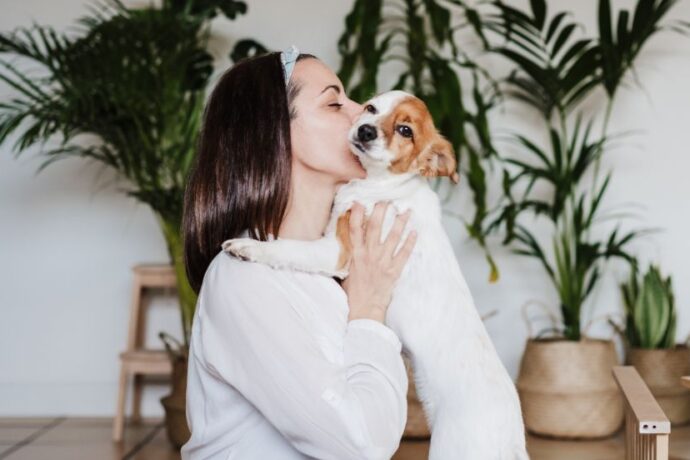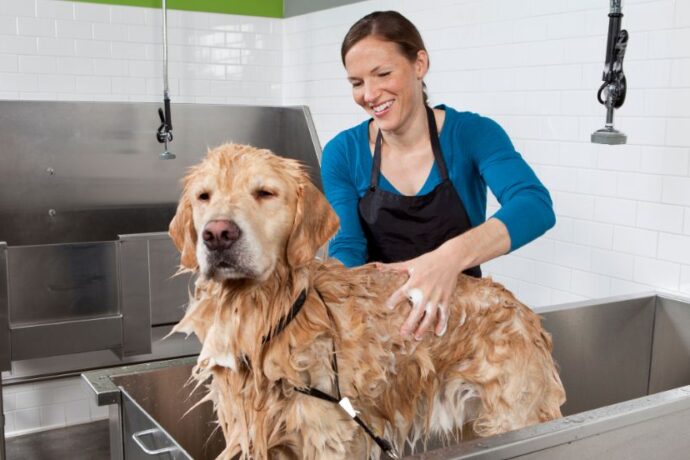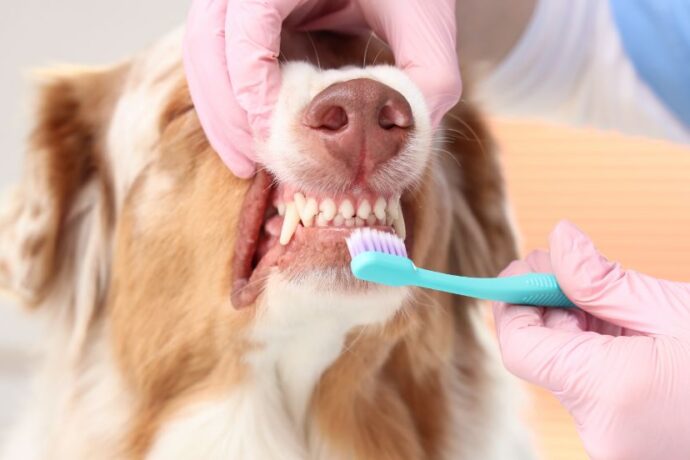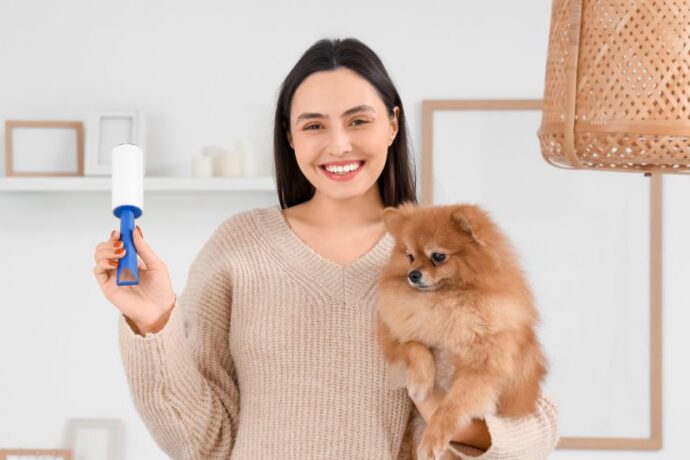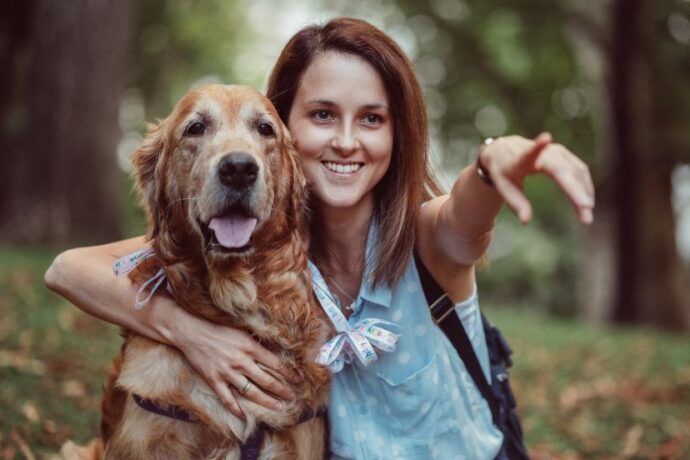Houseplants do more than just bring a touch of nature indoors—they improve air quality, reduce stress, and add beauty to your space. But for dog owners, there’s an extra layer of responsibility: not all plants are safe for pets. In fact, many popular houseplants are toxic to dogs if ingested, causing symptoms ranging from mild digestive upset to severe poisoning.
If you want a lush, plant-filled home and a healthy pup, the good news is there are plenty of beautiful, dog-safe plants that can thrive indoors. Let’s explore why plant safety matters, and which green companions make the best choice for dog-loving households.
Pet-Proofing Your Indoor Jungle: Why It’s Essential
Dogs are curious by nature—especially puppies. That curiosity often leads them to sniff, lick, or even chew on plants. While some may only cause mild irritation, others can lead to more serious consequences. According to the ASPCA Animal Poison Control Center, thousands of pet poisoning cases each year involve common houseplants like pothos, philodendrons, or lilies (1).
Keeping non-toxic plants in your home isn’t just about avoiding emergency vet visits—it’s also about creating a peaceful environment where both your pets and plants can safely coexist. Thoughtful plant selection helps you avoid stress, vet bills, and the constant worry of keeping greenery out of reach.
Top 10 Dog-Safe Plants That Thrive Indoors
Here are ten attractive and easy-to-care-for plants that are completely safe for your furry friend, as recognized by the ASPCA and veterinary toxicology research.
1. Spider Plant (Chlorophytum comosum)
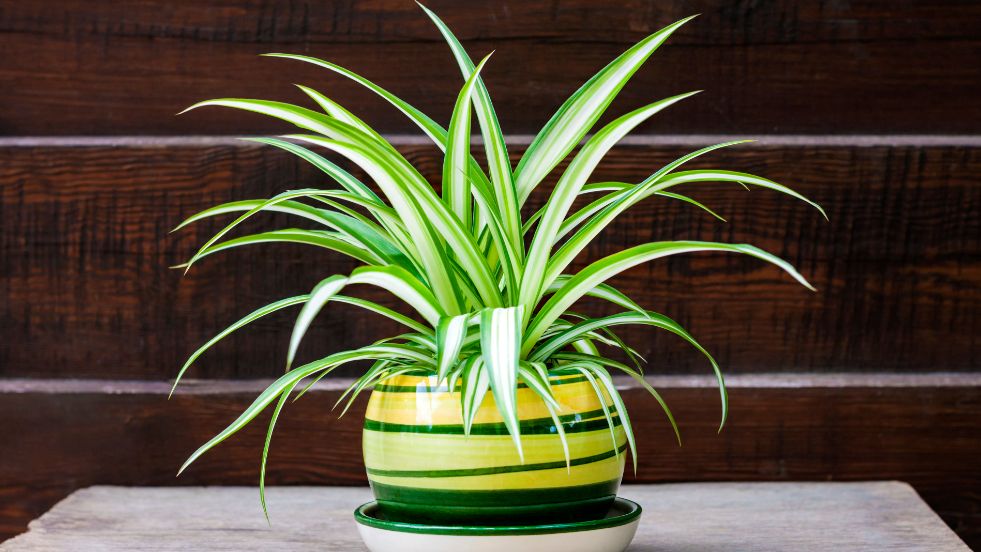
canva
A favorite for beginners, spider plants are hardy, grow quickly, and are completely non-toxic to dogs. Bonus: they help purify the air.
2. Areca Palm (Dypsis lutescens)
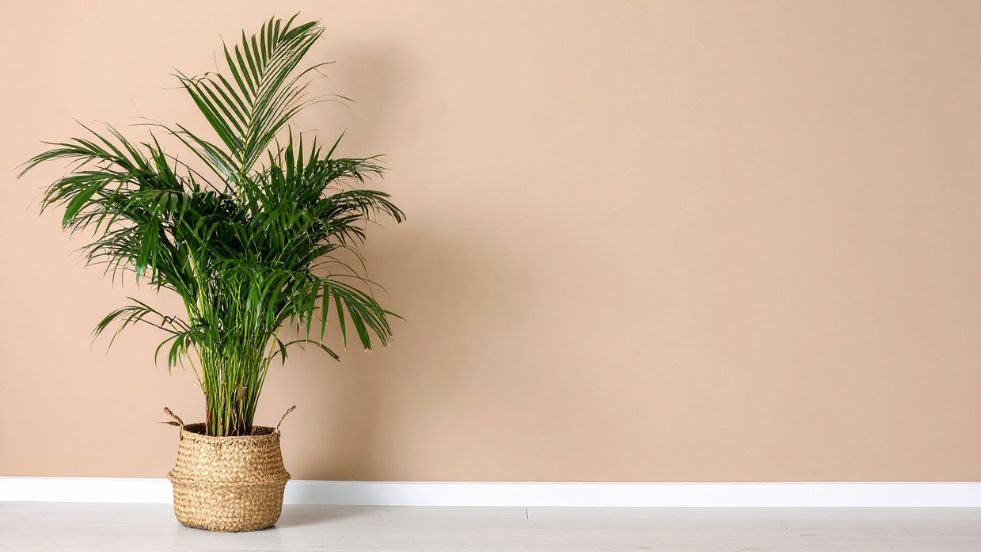
canva
Also known as the butterfly palm, this tropical beauty is safe for dogs and brings a bright, beachy vibe to your home.
3. Calathea (Various species)
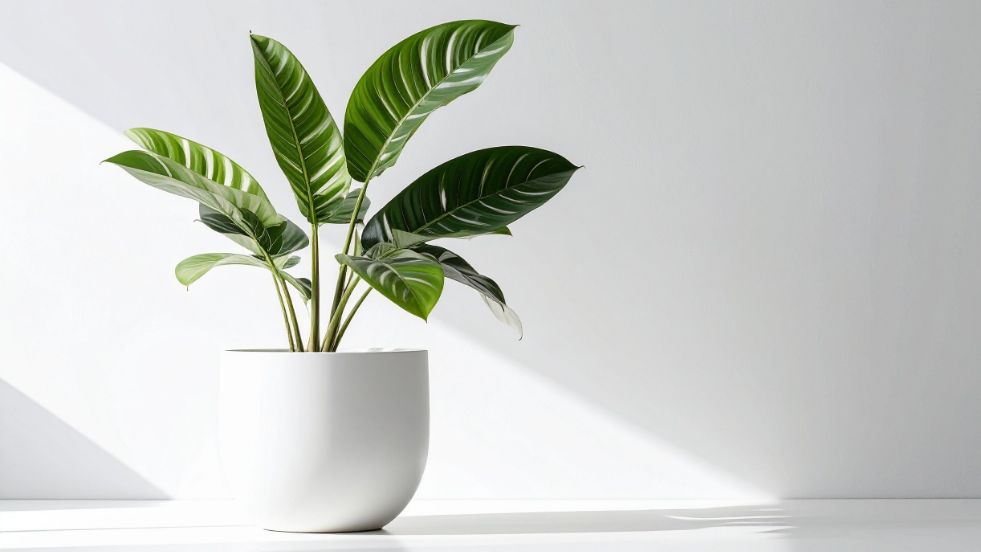
canva
These stunning patterned leaves are show-stoppers and safe for pets. They prefer indirect light and humid environments.
4. Boston Fern (Nephrolepis exaltata)
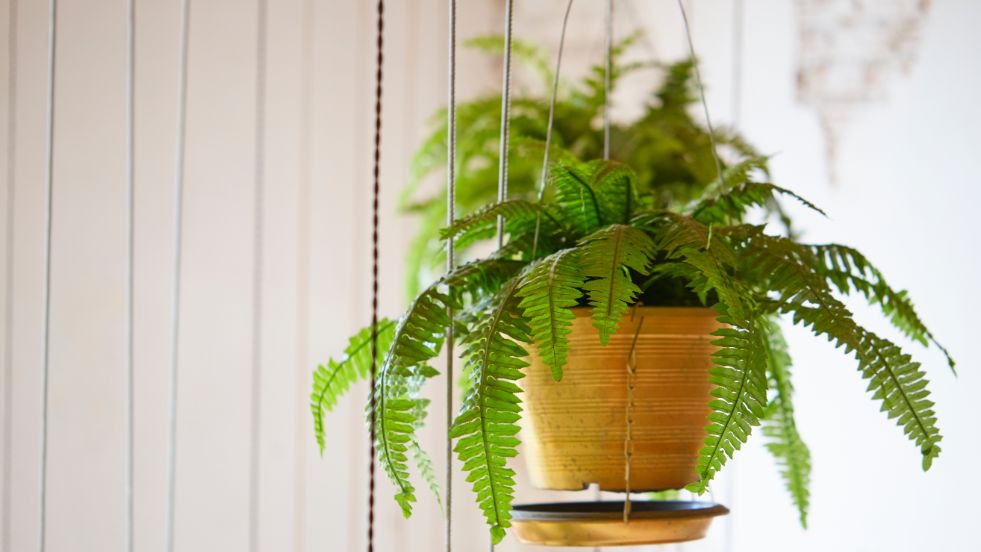
canva
A classic fern that’s both safe for dogs and excellent at filtering air. Just keep the soil moist and give it bright, indirect light.
5. Prayer Plant (Maranta leuconeura)
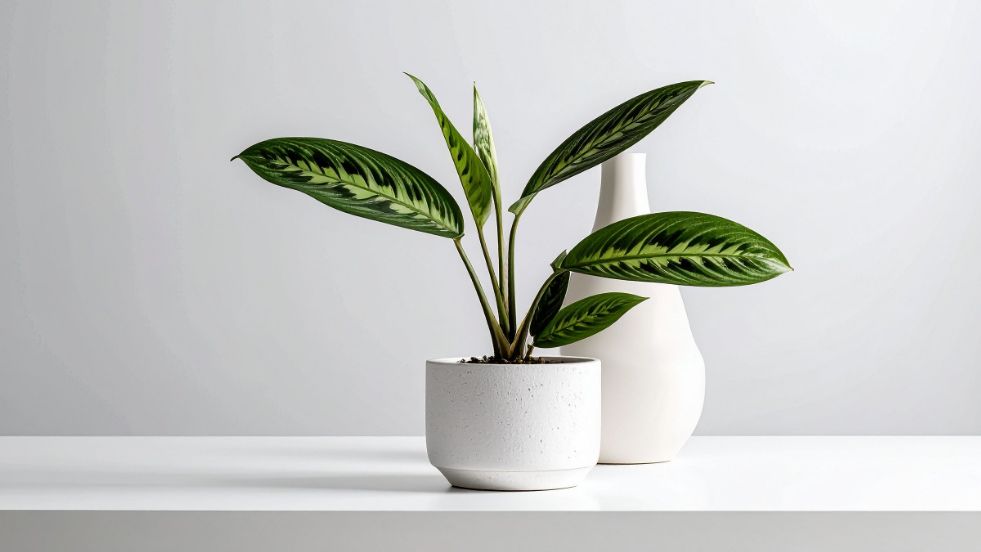
canva
With vibrant leaf patterns and a unique habit of folding at night, prayer plants are safe and captivating to watch.
6. African Violet (Saintpaulia)
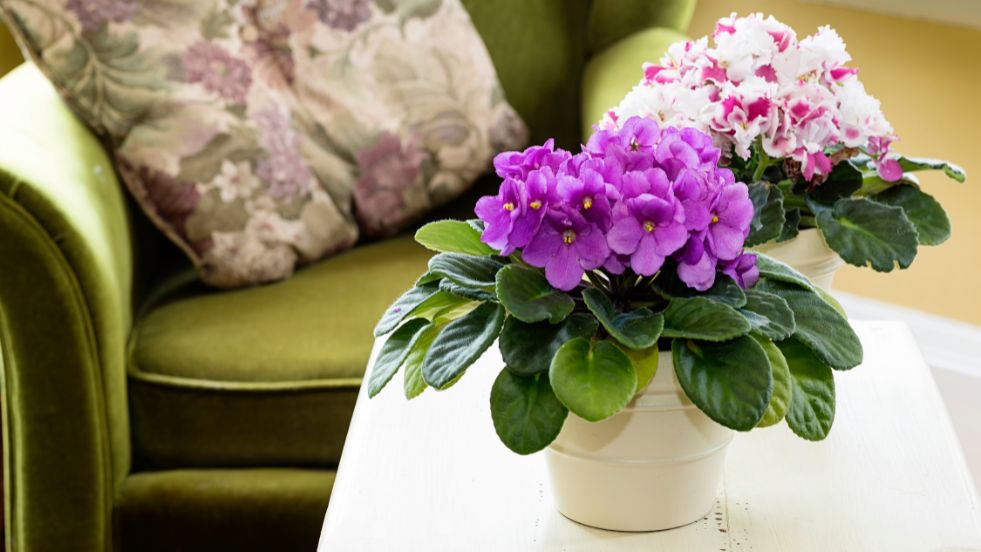
canva
One of the few flowering indoor plants safe for dogs. Their soft leaves and small blooms thrive with minimal light.
7. Peperomia (Various species)
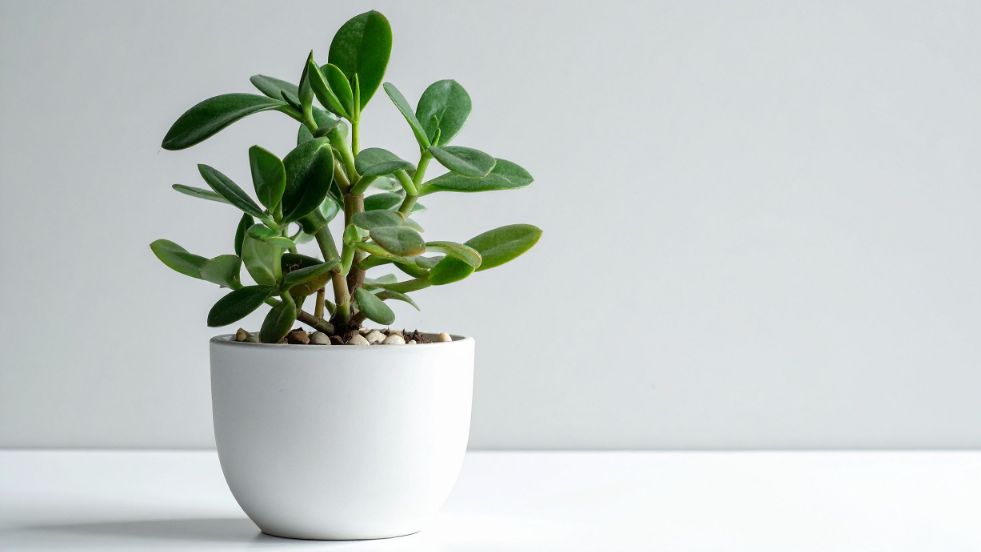
canva
Compact, low-maintenance, and pet-safe, these waxy-leaved plants are ideal for shelves or desks.
8. Bamboo Palm (Chamaedorea seifrizii)
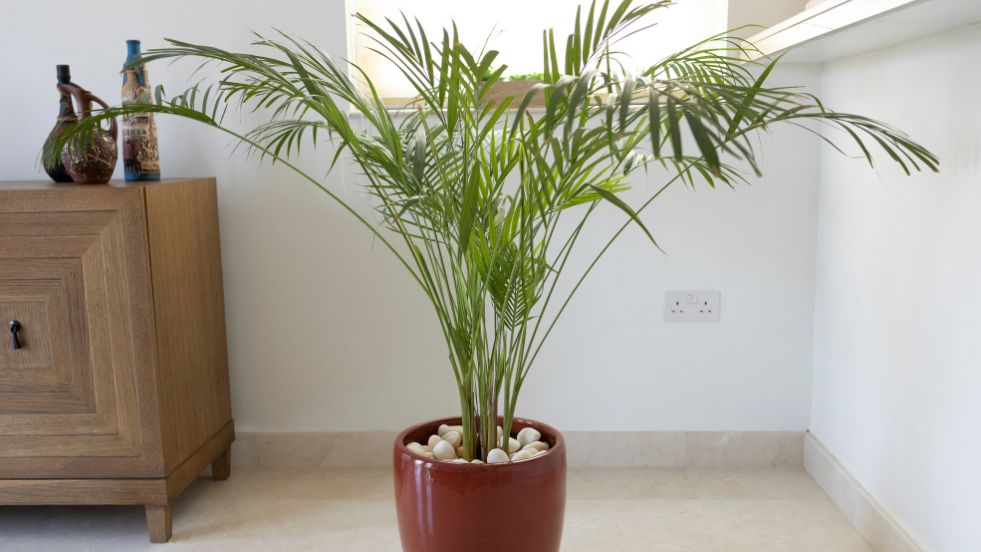
canva
Not to be confused with “lucky bamboo” (which is toxic), the bamboo palm is a safe, air-purifying plant great for floor pots.
9. Polka Dot Plant (Hypoestes phyllostachya)
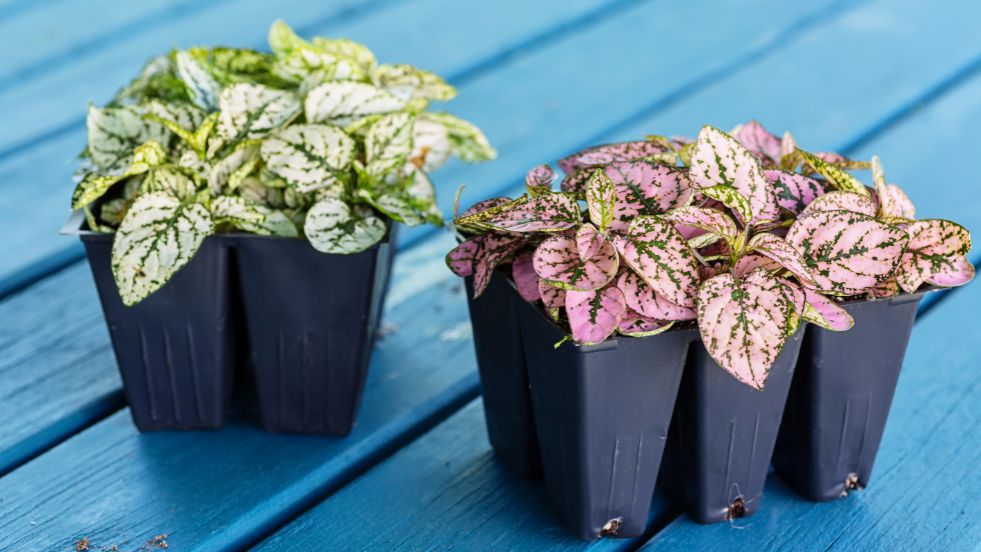
canva
With its brightly speckled leaves, this small plant adds a pop of color and is safe for your curious pup.
10. Baby Rubber Plant (Peperomia obtusifolia)
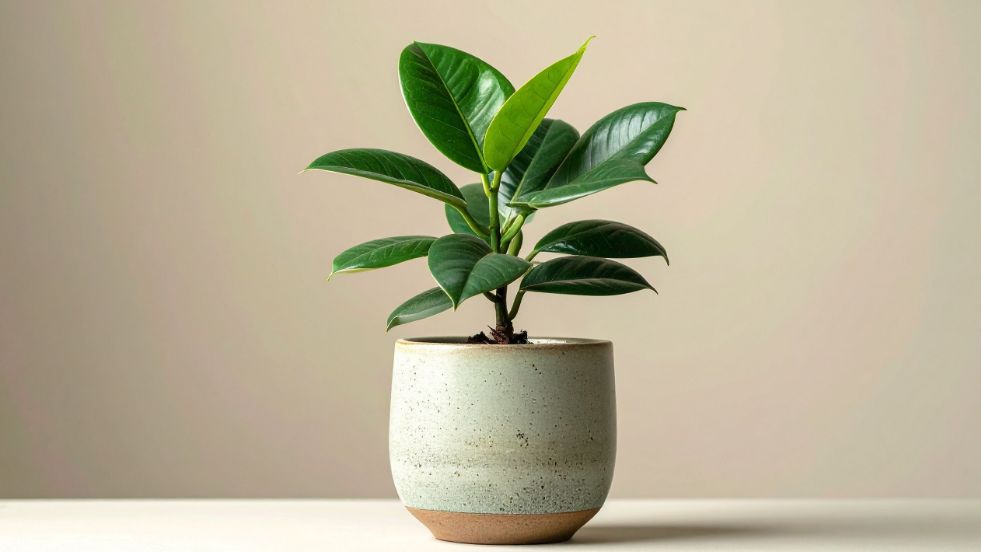
canva
Not to be mistaken for the toxic Ficus elastica (also called rubber plant), this small, glossy-leafed plant is pet-safe and thrives in indirect light.
The Science Behind Plant Safety and Pet Health
There’s more to pet-safe plants than avoiding toxic compounds. Studies in environmental psychology show that indoor plants can reduce stress, improve focus, and promote overall wellness—for both humans and animals. A 2022 study published in Frontiers in Veterinary Science observed behavioral improvements in shelter dogs when exposed to enriched environments, including plants (2).
Additionally, air-purifying plants (like spider plants and ferns) help reduce indoor pollutants, which can also impact canine respiratory health over time. While plants don’t replace regular cleaning or good ventilation, they do support a healthier home ecosystem—something your dog will benefit from just as much as you.
FAQs About Dog-Safe Houseplants
1. What should I do if my dog eats a houseplant?
A. Even if a plant is labeled dog-safe, too much of any plant material can cause stomach upset. Monitor your dog for vomiting, diarrhea, or changes in behavior. If symptoms appear or if the plant is unidentified, call your vet or the ASPCA Animal Poison Control Center.
2. How can I stop my dog from chewing on my plants?
A. Use plant stands or hanging baskets to keep plants out of reach. You can also train your dog with basic commands or apply pet-safe deterrent sprays to the base of the plant.
3. Are plant fertilizers safe around dogs?
A. Not always. Many commercial fertilizers contain chemicals that can be harmful to pets. Opt for organic or pet-safe options, and keep all fertilizers stored out of reach.
A Happier, Greener Home—for You and Your Dog
Choosing dog-safe plants lets you enjoy all the benefits of indoor greenery without the constant worry about your pet’s safety. From bold tropical leaves to delicate flowering varieties, there’s no shortage of non-toxic plants that add life and beauty to your space.
References:
1. Poisonous Plants
2. Environmental enrichment improves the growth rate

